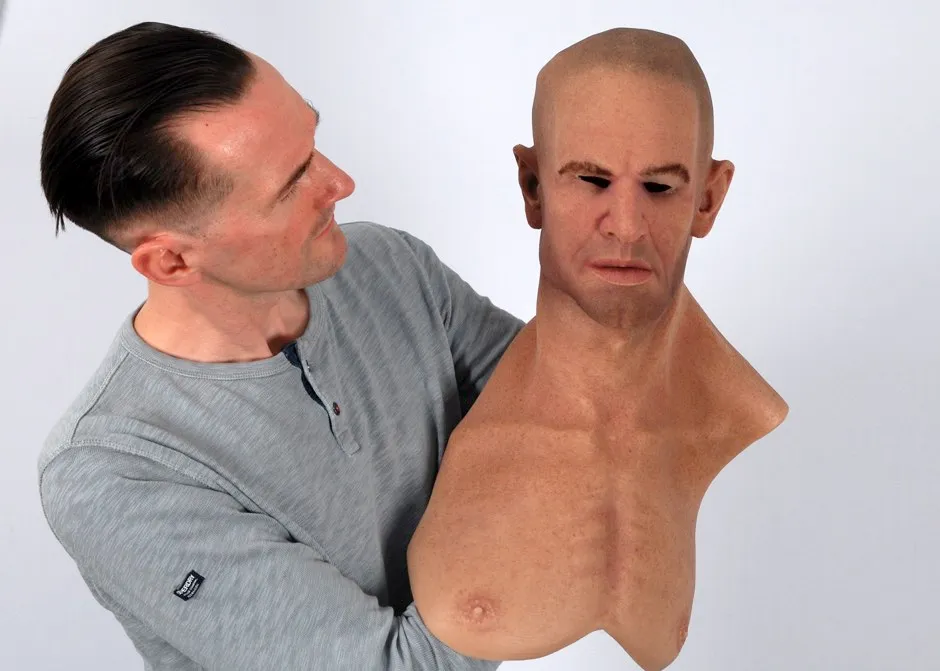Some masks are so realistic that people frequently cannot tell them apart from human faces, a study has found.Participants were fooled by the masks in a fifth of cases, researchers from the Universities of York and Kyoto found.
So-called “hyper-realistic” silicone masks are designed to imitate real human faces, leaving no freckle, wrinkle or wisp of hair unaccounted for.The researchers believe the devices, which cost around £1,000, will only become more convincing and could be exploited by criminals as a disguise.
They asked 240 participants in the UK and Japan to look at pairs of photographs and decide which showed a face and which showed a person wearing a mask.They were fooled by the masks a fifth of the time.This is believed to be an underestimate of how likely they are to be mistaken for real faces in real life.
Dr Rob Jenkins, from the Department of Psychology at the University of York, said: “The real-world error rate is likely to be much higher because many people may not even be aware hyper-realistic masks exist and are unlikely to be looking out for them.
Read more about faces:
“The current generation of masks is very realistic indeed with most people struggling to tell an artificial face from the real thing.”
The researchers say facial disguise is not a new problem, but “the level of realism that is achievable with these masks does raise new questions”.
They say there have been dozens of crimes where culprits have used masks to pass themselves off as someone of a different age, race or gender and mislead investigators.
Most reports have been in the US but there are three cases in the UK they are aware of – a jewellery heist in 2009, a series of 14 bank robberies in 2012 and another jewellery heist in 2015.In another recent case, an international gang used a hyper-realistic mask to impersonate a French minister, defrauding business executives out of millions of pounds.

Dr Jet Sanders, who worked on the study while a PhD student at the University of York, said: “Failure to detect synthetic faces may have important implications for security and crime prevention as hyper-realistic masks may allow the key characteristics of a person’s appearance to be incorrectly identified.
“These masks currently cost around £1,000 each and we expect them to become more widely used as advances in manufacturing make them more affordable.”
They conclude: “People are rightly wary of photorealistic images because they know that images can be manipulated. We may be entering a time where the same concerns apply to facial appearance in the real world.”
The study is published in Cognitive Research: Principles And Implications.
